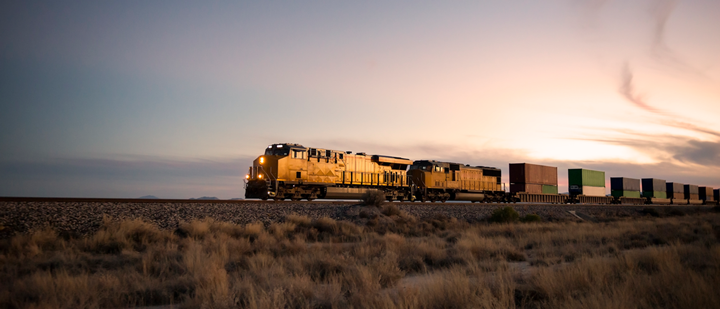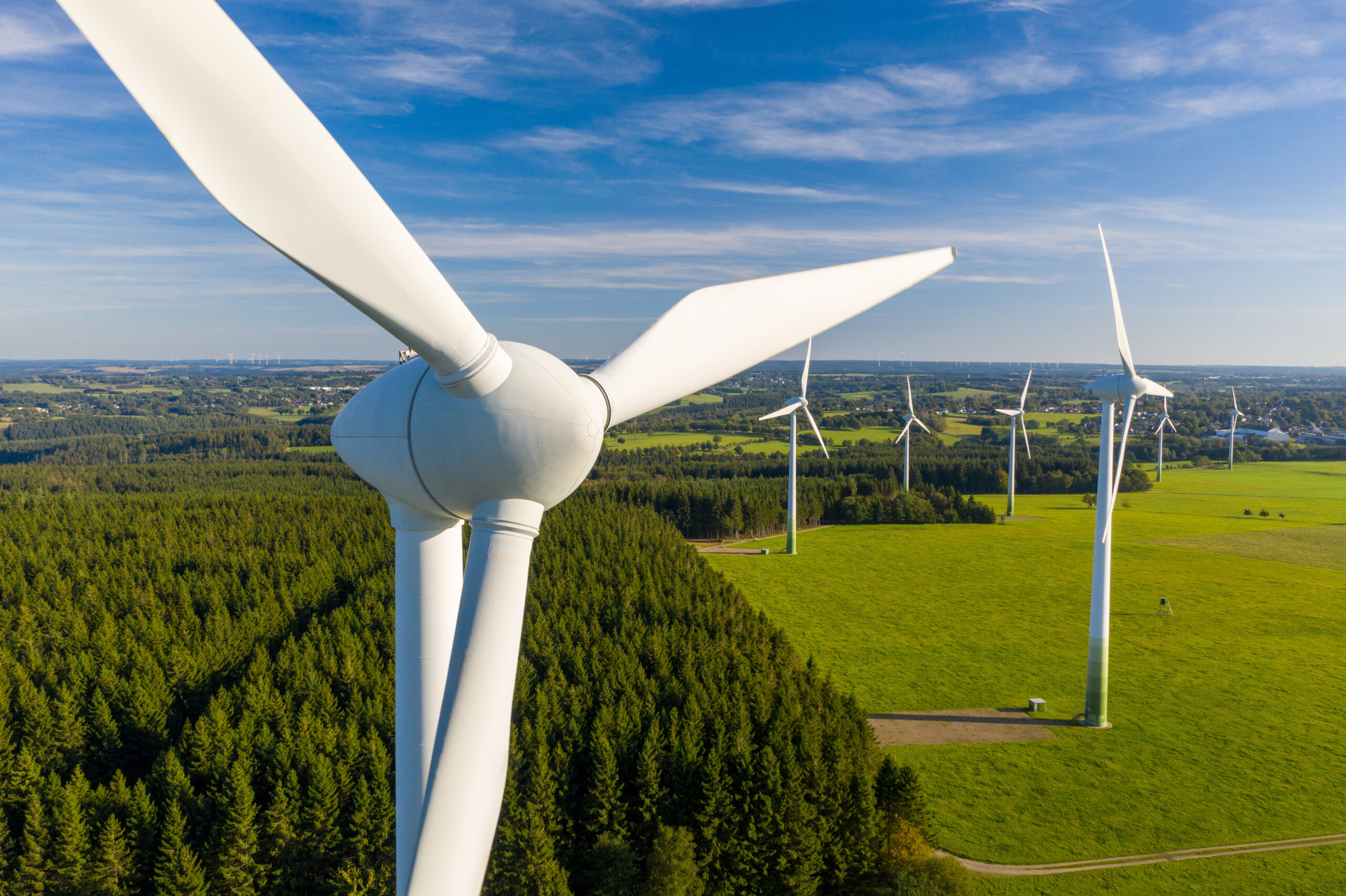Cheaper than air freight, faster than sea freight and more environmentally friendly, the train represents a real alternative for import operations from China, especially for high-value goods, Time to market being an important commercial issue.
A Chinese initiative
Development of new access routes, modernisation of facilities, acquisition of cargo terminals in the Indian Ocean, the Mediterranean Sea and the Atlantic Ocean, acquisition of port terminals in Europe (Zeebrugge, Piraeus, Notaum,, etc.), the “Belt & Road Initiative” silk roads project, which President Xi Jinping called for to open up certain Chinese regions and develop the transit of goods between China, Asia, Europe, and Africa are trillions of dollars.
Rail freight is at the very heart of a titanic construction site, which is based on the construction of a large network of transport infrastructures (motorways, bridges, tunnels, railways). For the past 10 years, the development of rail transport has in fact made it possible to link the Chinese territory and to multiply the destinations in Western Europe: Poland, Germany, England, Spain and France.
In 2018, rail traffic on the China-Europe axis represents 5000 convoys/year.
Rail, an increasingly sought-after alternative
Logistics has become a key element of company performance: Faced with a double obligation of continuity of service (or production) and competitiveness, European importers must assess very accurately the cost/time ratio most suited to their flows, while taking into account their carbon footprint on the environment.
In this respect, the rail solution between Europe and China has many advantages:
- The frequency of departures/week (6 versus 1 for marine transport) remains a key asset compared to marine transport :
- With an average transit time of 20 days door to door, the time to transport by rail is about twice as short as that proposed by maritime transport, or 30 to 35 days depending on the Chinese ports of departure to reach Europe, to which must be added the pre and post transport by road. This period could even be reduced to about 10 days by harmonizing the infrastructures of the various countries crossed throughout the 11,000 km journey: Germany, Poland, Ukraine, Russia, Kazakhstan, Mongolia and China.
- Another advantage for rail is that handling times at the start and at the end of the journey are much lower than for sea freight, which speeds up transit time.
- Reliable because it is not subject to the vagaries of traffic or weather, rail transport also allows the transport of large capacities; A complete train makes it possible to transport up to 50 containers and facilitates shipments of several tons, at moderate prices.
- Finally, rail transport remains the greenest mode of transport, far ahead of air transport, even if the gap with the marine remains moderate (about 7% reduction in CO2 emissions for the transport of a 40-foot container from Shanghai).
These numerous advantages are attracting always more the industrialists who see the possibility of developing a responsible mode of transport, while improving their time to market. The speed with which high-value products are put on the market today represents a major commercial challenge, particularly for the high-tech, automotive, industrial machinery and equipment, luxury and fashion sectors. It is also crucial for industries constrained by sectoral fairs or seasonal markets.
STERNE, for responsible transport
At the environmental level, the STERNE Group advocates responsible transport and is working to reduce its carbon footprint. For several years now, STERNE has been developing measures such as the reduction of kilometres travelled, the pooling of flows, the renewal of vehicles by hybrid, electric models and Euro 6 standards, and the use of green modes of transportation such as rail.
This rail transport is an integral part of its service offering, and is systematically offered to prospects and customers carrying out export import operations with China.







